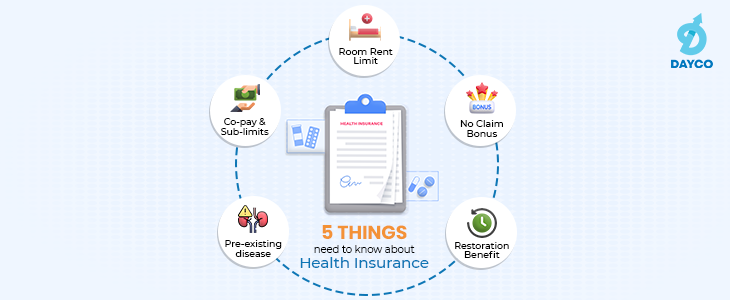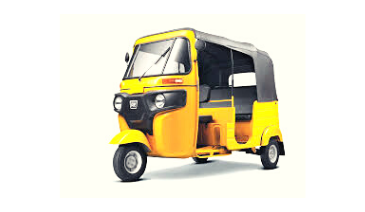‘Bajaj’ is a household name in India.
Founded in 1926, at the height of India’s movement for independence from the British, the Bajaj group has an illustrious history. Jamnalal Bajaj, founder of the group, was a close confidant and disciple of Mahatma Gandhi who adopted him as his son. This close relationship and his deep involvement in the independence movement did not leave Jamnalal Bajaj with much time to spend on his newly launched business venture.
In 1942, his son, Kamalnayan Bajaj, then 27, took over the reins of the business. He is the founder of Bajaj Auto besides other companies He too was close to Gandhiji, and it was only after Independence in 1947, that he was able to give his full attention to the business.
The Bajaj Auto group started off in the Automobile sector by the import of two-wheelers and three-wheelers.
In 1959, the company obtained licence for manufacture of two-wheeler sand three-wheelers. This was one of the biggest milestones for the company. In1972, the ‘Bajaj Chetak’ was launched in the Indian market. Anyone who belonged to the generation between 70’s to 90’s, will remember this name.
Bajaj Motorcycles and Kawasaki (the Japanese manufacturer) got into a collaboration for technology tie-up in 1984. The outcome of this was the‘Bajaj-Kawasaki Boxer’, which was yet another popular model of the time. Over the years, Bajaj benefitted from the tie-up with technology that was much more advanced than indigenous technology.
By late 1990s, Bajaj was self-reliant on their technology and had developed many models with their own Research. Their collaboration continued until 2009, when the two companies decided to form an alliance, where Kawasaki would use the dealer network of Bajaj for sale and service of Kawasaki bikes. This alliance was beneficial to both companies, and Kawasaki sold 13 different models in India, in return for share in profit with Bajaj. In April 2017, this alliance was called off as Kawasaki bikes faced competition from the KTM-Bajaj alliance.
The Bajaj group has seen enormous success with some popular models such as Bajaj Pulsar, Bajaj Avenger and Bajaj Discover. There are a number of riding clubs for the Bajaj Avenger and the Bajaj Pulsar, was a revolution with its digital odometer and eye-catching design.
The Bajaj V was launched in 2016. The bike is made from the metal of the‘INS Vikrant’, which was India’s first aircraft carrier and has survived Indo-Pak War of 1971. The launch of this model, was a strategic marketing move,by leveraging the history of the vessel. Although, it is indeed wonderful to relive the magic of the carrier by owning this bike. The ship was ordered to be decommissioned in 1997.
The ‘Hamara Bajaj’ commercial moved many hearts and has truly motivated many in the country and has created a brand that cannot be forgotten. The ad positioned themselves to represent the new generation but with the preservation of Indian culture and values.
Today, Bajaj Motorcycles has three plants in all, two at Waluj (Aurangabad) and Chakan (Pune), in Maharashtra and one plant at Pant Nagar in Uttaranchal. It is also the world’s fourth largest two– and three–wheeler manufacturer. The company exports to over 50 different countries and is a well-known name in Latin America, Africa, Middle East, South and South East Asia. The main countries are Sri Lanka, Colombia, Bangladesh, Mexico, Central America, Peru and Egypt.
If you have a question, share it in the comments below or DM us or call us – +91 9051052222. We’ll be happy to answer it.
– Melvyn Pinto
















